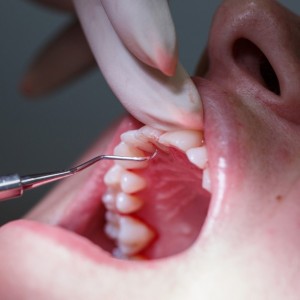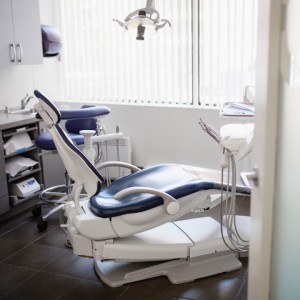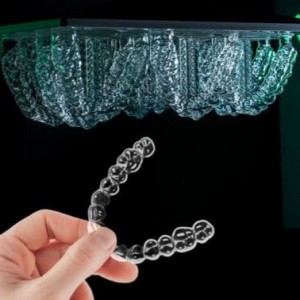
External cervical resorption: what are the main risk factors?
Simona Chirico
External cervical resorption (ECR) is a phenomenon often found in the clinical practice of the endodontist, but the nature of this problem is still mostly unknown. It is characterized by the loss of dental hard tissue that could be internal (within the inflamed root canal system) or external (on the external surface of a root).
The ECR defect extends horizontally toward the root canal space and vertically (apically, coronally, or both). During this dynamic process, the pulp typically remains intact, except for the latest stage of progression when the resorption may perforate the root canal space. The etiology of ECR is not fully understood. It has been proposed that for ECR initiation the combination of an injury on the periodontal ligament and the cementum layer along with factors activating the resorbing cells are required.
To date, there are few studies in the literature that deal with this topic. In the latest issue of Journal of Endodontics was published the study of Irinakis et al., in which they tried to analyze which local and systemic factors could determine the onset of ECR.
Materials and methods
The current retrospective study included 76 patients who were diagnosed with ECR from 2008–2018 at the University of British Columbia (UBC) graduate endodontics clinic (Vancouver, BC, Canada).
An equivalent comparative control group without ECR was composed of the same pool of patients and matched with cases by sex and age. Information about dental and medical history, including potential local risk factors (bruxism, trauma, eruption disorders, extraction of an adjacent tooth, orthodontics, and restorations) and systemic risk factors (medical conditions, medication, and allergies), was collected for both groups. Data were analyzed at tooth and patient levels. The chi-square test or Fisher exact test compared proportions between the 2 study groups.
Results
The overall ECR prevalence among endodontic patients during the 10-year follow- up was 2.3%.
ECR was most frequent in maxillary anterior teeth (31.6%), and the Heithersay class 2 was the most frequent (38.8%) ECR diagnosis.
Diabetes was the only significant systemic risk factor (P < .05).
Trauma, as a local risk factor, was significantly (P< .05) more frequently reported in cases than in controls.
Conclusions
The study shows that ECR is associated with both local and systemic risk factors. Among these, diabetes and dental trauma are the most representative.
(Photocredit: Dr. Roberto Fornara)
For additional information: External Cervical Resorption: A Retrospective Case-Control Study
 Tag
Tag
 Read more
Read more
Periodontology 30 October 2025
To update the competences and learning outcomes and their evaluation, educational methods and education quality assurance for the training of contemporary specialists in periodontology
Editorials 30 October 2025
New research explores the prevalence of dental fear and memories underlying it, underscoring the need for accessible treatment.
Products 30 October 2025
LuxCreo, a global innovator in personalized medical and dental devices, announced that it has received a strategic investment from Angelalign Technology Inc., a leading.
News 30 October 2025
GTCR, a leading private equity firm, announced the simultaneous signing and closing of a strategic, structured minority investment in Solmetex (the “company”).
News 30 October 2025
PDS Health, a leading integrated healthcare support organization, has announced the launch of PDS Health Medical, a new business unit that connects medical care to dental practices through connected...










